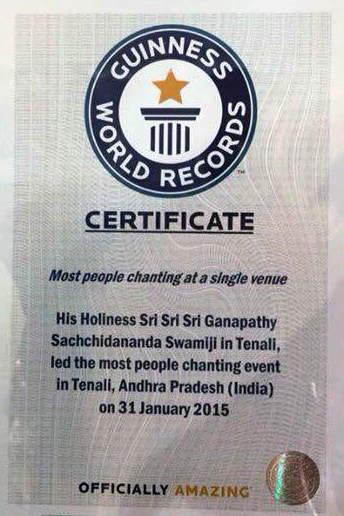Maharishi Śounaka continued, “Parikshit, the son of Abhimanyu, is considered to be the most supreme amongst devotees. Please explain to us the details of his birth and his deeds which are astonishing. What was the reason for this supreme emperor, who brought great fame to the lineage of Pandavas, to give up all palatial luxuries and sit on the banks of Ganga awaiting death? Please explain all this to us.
Even enemy kings would, for their own safety and welfare, offer many forms of riches and gold to Parikshit and pay obeisance to his feet. Such was his valour and youth. How could such a great king give up in totality all those riches and luxuries, which is impossible under normal circumstances? What was the reason behind this development? Please explain in detail all these astonishing facts.
Only those who totally surrender to the Lord and who live solely for the wellbeing, prosperity and happiness of the world, behave in an exalted manner. Such people do not act out of selfish desires. Nor do they live for fulfillment of their selfish desires. Emperor Parikshit belonged to this category. After having attained dispassion (vairāgya) why did he give up his body, which was being used only to bring about the benefit of others in the universe? What was the reason?
O great saint! Please answer all these questions of ours in detail. Barring some Vedic statements, you have attained great expertise in other forms of knowledge including all Shastras”.
In reply to these questions, Maharishi Suta said as follows-
“Dvāpare samanuprāpte tṛtīye yuga-paryaye
Jātaḥ parāśarād yogī vāsavyāṁ kalayā hareḥ
When Dwarpara Yuga, the third eon, was coming to an end the great Maharishi Vyasa was born to Maharishi Paraśara from the womb of Satyavati, daughter of Vasu. Maharishi Vyasa was a partial incarnation of Mahavishnu and He was supremely knowledgeable by birth.
One day, Maharishi Vyasa bathed in the River Saraswati during the early hours and selecting an isolated place sat down quietly. The great saint possessed divine vision and hence could see the past, present and future. He foresaw in the course of time, dharma (righteousness) depleting through the various different eons (Yugas) on earth. In addition he also foresaw the deterioration of the gross body and of its energies due to non-adherence to righteousness by the people of these eons. He realized that there would be deterioration of both the physical energy and intelligence amongst people. The unlucky people, due to lack of dedication, purity and goodness would be dull-headed and would have a very short span of life.
He sat there pondered about a solution by which welfare of all beings across all castes and all ashramas (stages of life) could be brought about.
In future people would be foolish, lazy, sleepy, will live only for food, will be full of desires, anger will rule them, diseases will overtake them. Dedication and purity will not be visible in them. They will not have longevity. Time is flying fast. In what way can these people be helped?
He realized that through the process of Vedic rituals these persons could be uplifted. Through these Vedic rituals the mind of the persons could be cleansed. With the intent that such Vedic rituals and Yagnas should continue without a break and that the all planes should prosper, this great Maharishi took the entire heap of Vedas, which was considered a single unit until that point of time, and divided it into four groups viz., Rig, Yujur and Sāma and Atharva. Puranas and itihasa (history) were called the fifth Veda.
Maharishi Paila became well versed in Rig Veda, Maharishi Jaimini in Sama Veda and Maharishi Vaishampayana in Yajur Veda. Maharishi Sumantu attained expertise in Atharva Veda. My father Romaharsha established himself in Itihasa and Purana” said Maharishi Suta.
He further continued, “The eminent saints, in turn, further divided the Veda that they had taken over, into many sub-divisions (śākhas). Then they handed over these śākhas to their disciples, disciples of their disciples and then again to the disciples of those disciples and so on. In this way many branches arose.
Due to extreme love and compassion towards the needy, Maharishi Vyasa divided Vedas into so many branches, in a way such that even dull headed human beings could grasp.
Vedas and the rituals prescribed by the Vedas are the tools for ultimate prosperity. But Vedas themselves declare that ladies, shudras (lowest caste) and men who have not undergone the thread ceremony are ineligible for Veda recitation. In order that even these people should benefit, the ever compassionate Maharishi Vyasa, composed the Mahabharata, which contains the entire essence of the Vedas. In this manner Maharishi Vyasa, for the welfare of all forms of living beings, utilized his entire energies to the maximum capacity”.
Here it only states that those who do not have the eligibility to chant the Gayatri mantra cannot undertake those tasks. It does not prohibit one and all in general. There are many other Puranas and other texts which others, who are not initiated into Gayatri mantra, can take up.
“Even after completing these supreme tasks, Maharishi did not attain mental peace. Even after working for the benefit of the entire mankind he was not at peace”.
Om Namo Narayana.

